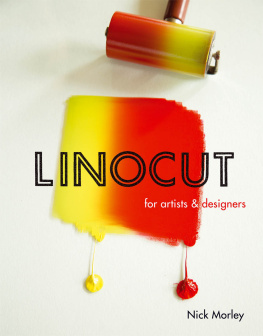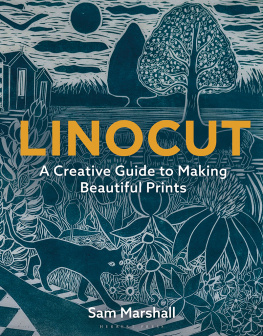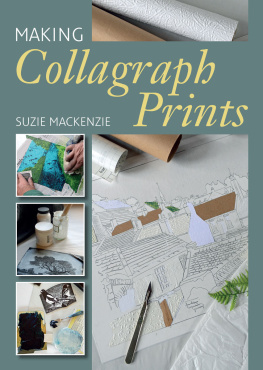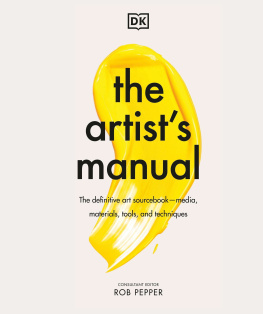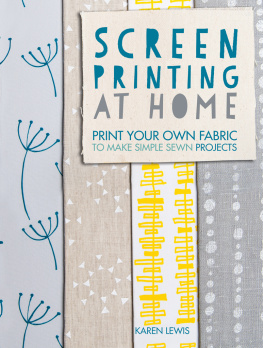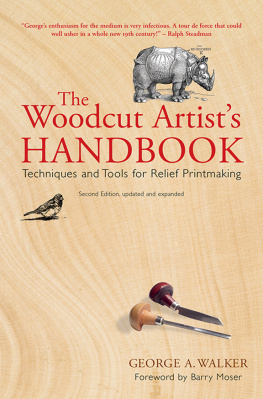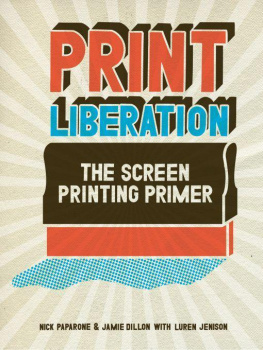
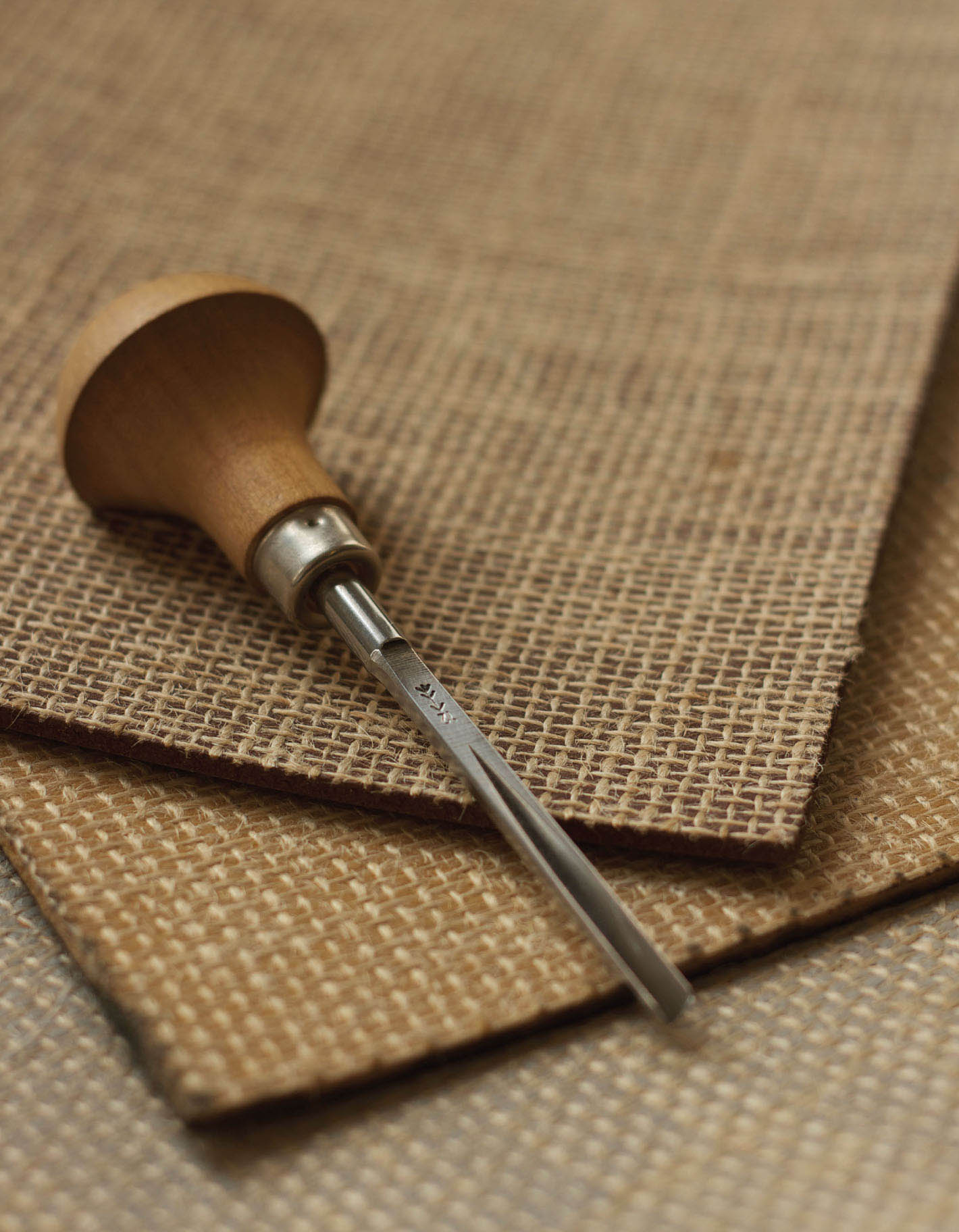

Nick Morley

THE CROWOOD PRESS
First published in 2016 by
The Crowood Press Ltd
Ramsbury, Marlborough
Wiltshire SN8 2HR
www.crowood.com
This e-book first published in 2016
Nick Morley 2016
All rights reserved. No part of this publication may be reproduced or transmitted in any form or by any means, electronic or mechanical, including photocopy, recording, or any information storage and retrieval system, without permission in writing from the publishers.
British Library Cataloguing-in-Publication Data
A catalogue record for this book is available from the British Library.
ISBN 978 1 78500 146 8
Acknowledgements
Massive thanks to my partner Catherine, for her encouragement and understanding, and for laughing at my jokes and spotting missing commas. Also to my photographer Hazeleigh Prebble, for his unending patience, beautiful photographs and willingness to stand on chairs to find the best angle. To Ian Youngs for laying out the pages elegantly and juggling all the images and words to fit nicely. To Steve Edwards, Wuon-Gean Ho and Andrew Watt for teaching me new techniques. To all the artists and designers who have contributed to this book and created such inspiring works. To everyone at East London Printmakers and Resort Studios in Margate for their encouragement. Last but not least to my parents Anne and Neal for encouraging me to become an artist in the first place and supporting me every step of the way.
CONTENTS
INTRODUCTION
Linocut
Linocut is a versatile and popular printmaking process which attracts both professional and amateur artists and designers. It is easy to learn and simple enough to do at home. The materials you will need are widely available and can be bought cheaply. However, many people who start making linocuts give up because they cannot control the tools and are unsatisfied with the quality of their prints. In some cases they will end up with cut fingers and this is enough to put them off for life. With some inside knowledge and a few simple tips all this can be avoided and you will be able to make beautiful prints. This book will show you how.
What is linocut?
Linocut is a form of relief printing. This is the family of techniques which includes woodcut, wood engraving, letterpress, rubber stamping and potato printing. To make a relief print, ink is applied to the surface of the prepared block and then transferred under pressure onto another surface, usually paper. The print is a mirror image of the block.
A linocut print is simply a relief print made from a block of linoleum. To make a traditional linocut, any unwanted areas of linoleum are carved away with gouges and the block is inked up with an ink roller. The ink is only transferred to the raised, uncarved parts. It is then pressed onto the paper using a printing press or by hand with a tool. The block is then re-inked before making the next print.
There are many ways of making prints with lino, some of which dont involve cutting at all. These include drilling, scraping and etching the block with chemicals. This can result in a wide range of effects, some of which look very different from the typical graphic style often associated with linocut. As well as traditional linocut, this book explores some of these more unusual ways of making prints.
History
For centuries wood was the material of choice for making relief prints. It was plentiful and gave beautiful results. Then, in the late nineteenth century an Austrian educationalist called Franz Ciek began using the newly invented linoleum for his art classes. It was softer and easier to cut than wood, making it ideal for children to use. Ciek was friends with some influential artists and the use of linoleum for printing spread through Europe. The first historically important artists to make linocuts were the German expressionist artists, known collectively as Die Brcke (The Bridge), with founder member Erich Heckel making his first recorded print in 1903. After that such big names as Matisse and Picasso were drawn to the strong graphic qualities of linocut. In Mexico and Russia these same qualities made it the perfect medium for printing political posters. Today linocut has been adopted by artists, illustrators and designers the world over.
Linocut today
Linocut is wrongly seen by some as a slightly crude artform, lacking refinement and nuance. Much of this prejudice is down to memories of school art classes, with cut fingers resulting from the use of blunt tools and tough, old bits of lino. Dried-up, poor quality inks may also have contributed to the pain, giving patchy prints. In fact your experience of linocut neednt be like this at all. With the right tools, some helpful guidance and a little practice you will quickly learn to control the carving process. And with the right inks, roller and choice of paper you will learn how to make high quality prints, time after time.
The hands-on nature of linocut makes it appealing to a wide spectrum of creative people. In recent years it has been taken up by illustrators and graphic designers who are tired of staring at a computer screen all day. Fashion and fabric designers are making bespoke wallpapers, clothes and lampshades. Linocut elements make up animations, artists books and installations; paste-up designs appear as street art alongside spraypaint graffiti, and a new generation of makers, artists and designers are selling their products online through sites like Folksy and Etsy to a public hungry for hand-crafted and unique items.
About this book
Recent years have seen a resurgent interest in printmaking in all its forms. Linocut is especially attractive to those with limited resources. Unlike screenprinting, etching and lithography, linocut does not require lengthy technical training, dangerous chemicals or bulky and expensive equipment. It is cheap and easy to get started. All you need are a gouge, some lino, ink, roller, paper and a wooden spoon. In an hour a beginner working on the kitchen table can carve and print a simple one-colour design.
At this stage many will believe they have reached the pinnacle of their linocut abilities. The aim of this book is to help those who want to reach the next level and make more ambitious prints. You will be guided step by-step through a series of practical projects that will give you a deeper understanding of your materials and how to work with them to get better results every time. You will be given a thorough introduction to the linocut basics: how to select and look after your tools, which materials to buy, how to perfect your carving and printing techniques and trouble-shooting guides for when things go wrong in printing. And you will be introduced to new ways of using lino to create unexpected marks, textures and finishes on a variety of materials.
As well as being a practical guide, this book will explore the myriad creative applications of linocut, from prints on paper, through illustration and graphic design, ceramics, fabrics, and street art to installation, animation, books and sculpture. You will be encouraged to experiment with new approaches to image making and new ways of thinking about how linocut can be used. To provide extra inspiration and context the book also features profiles of contemporary practitioners along with images of their work.

